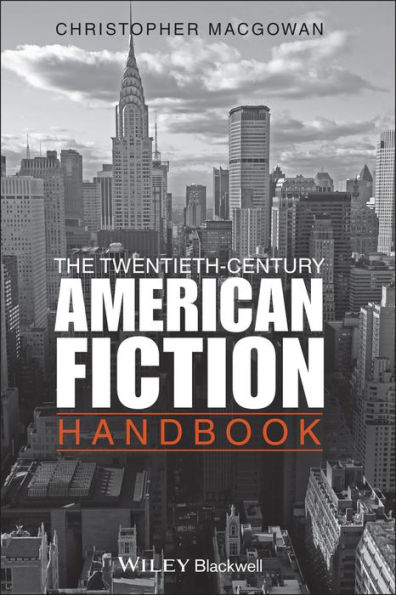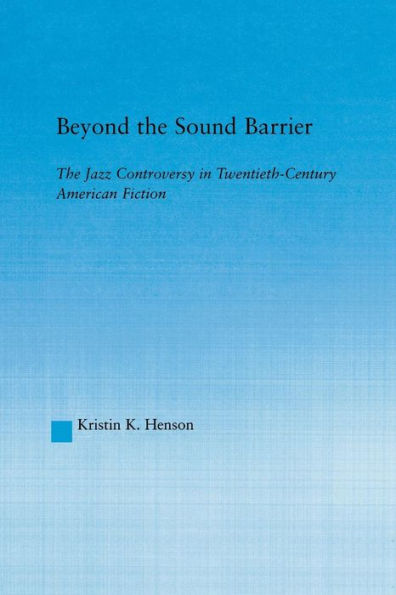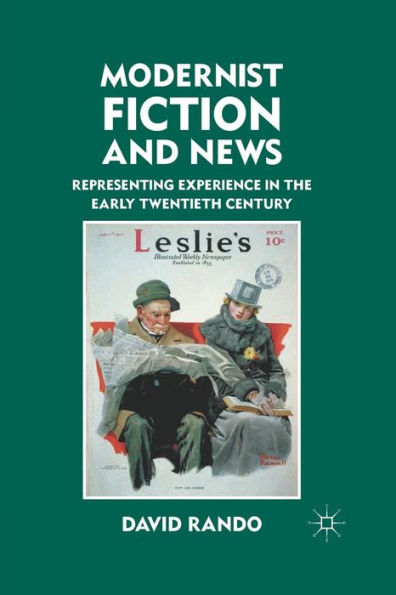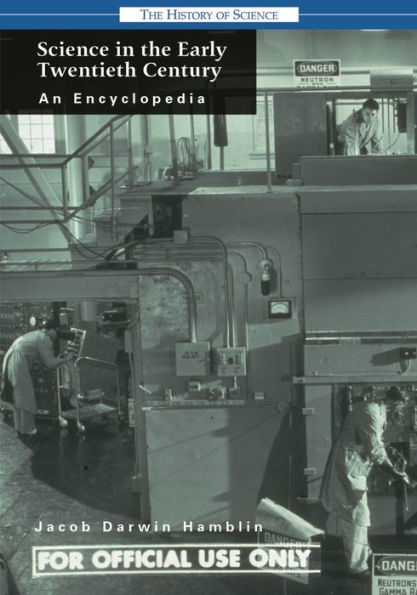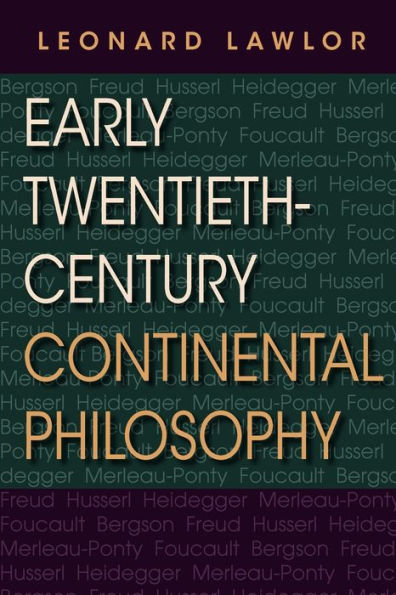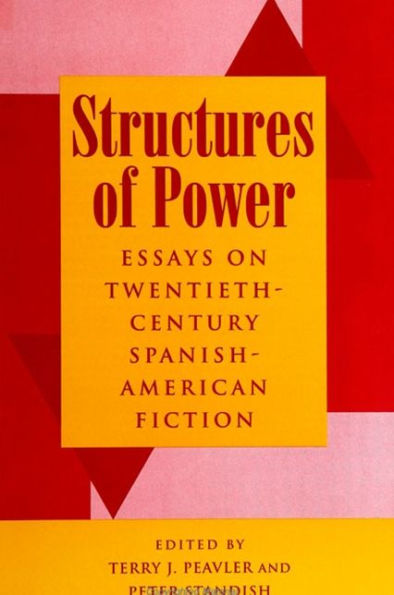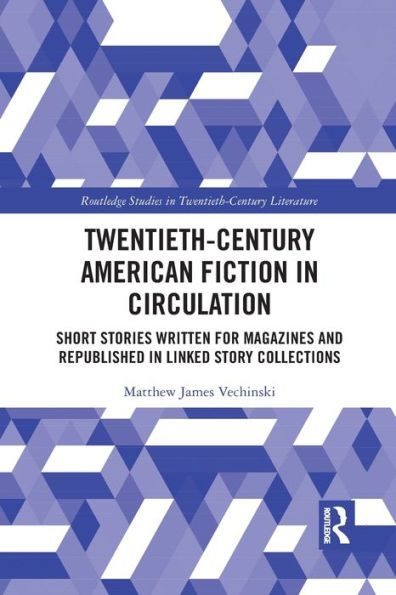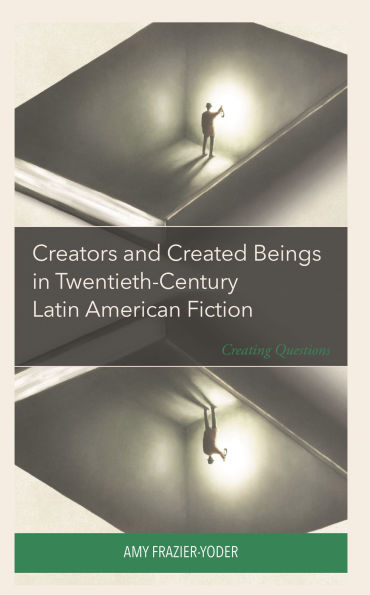Home
Racism and Xenophobia Early Twentieth-Century American Fiction: When a House is Not Home
Barnes and Noble
Racism and Xenophobia Early Twentieth-Century American Fiction: When a House is Not Home
Current price: $210.00


Barnes and Noble
Racism and Xenophobia Early Twentieth-Century American Fiction: When a House is Not Home
Current price: $210.00
Size: Hardcover
Loading Inventory...
*Product information may vary - to confirm product availability, pricing, shipping and return information please contact Barnes and Noble
"The Melting Pot," "The Land of The Free," "The Land of Opportunity." These tropes or nicknames apparently reflect the freedom and open-armed welcome that the United States of America offers. However, the chronicles of history do not complement that image. These historical happenings have not often been brought into the focus of Modernist
literary criticism,
though their existence in the record is clear.
This book aims to discuss these chronicles, displaying in great detail the underpinnings and subtle references of racism and xenophobia embedded so deeply in both fictional and real personas, whether they are characters, writers, legislators, or the common people. In the main chapters, literary works are dissected so as to underline the intolerance hidden behind words of righteousness and blind trust, as if such is the norm.
Though history is taught, it is not so thoroughly examined. To our misfortune, we naively think that bigoted ideas are not a thing we could become afflicted with. They are antiques from the past – yet they possessed many hundreds of people and they surround us still. Since we’ve experienced very little change, it seems discipline is necessary to truly attempt to be rid of these ideas.
literary criticism,
though their existence in the record is clear.
This book aims to discuss these chronicles, displaying in great detail the underpinnings and subtle references of racism and xenophobia embedded so deeply in both fictional and real personas, whether they are characters, writers, legislators, or the common people. In the main chapters, literary works are dissected so as to underline the intolerance hidden behind words of righteousness and blind trust, as if such is the norm.
Though history is taught, it is not so thoroughly examined. To our misfortune, we naively think that bigoted ideas are not a thing we could become afflicted with. They are antiques from the past – yet they possessed many hundreds of people and they surround us still. Since we’ve experienced very little change, it seems discipline is necessary to truly attempt to be rid of these ideas.
